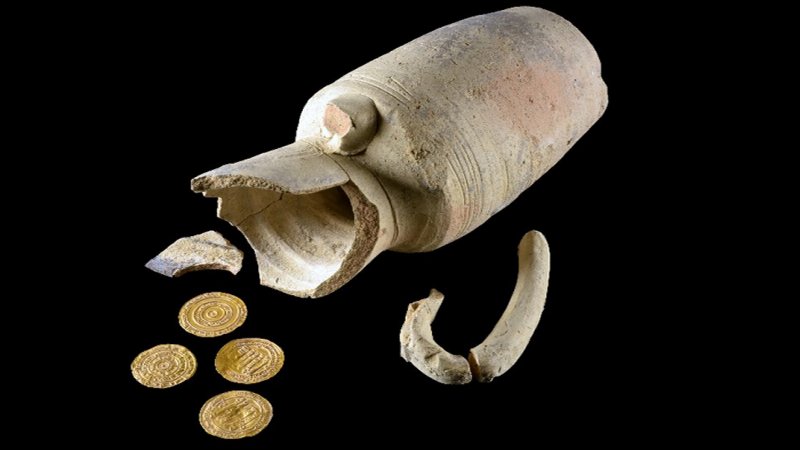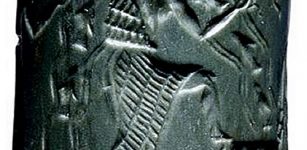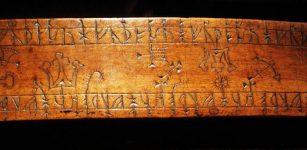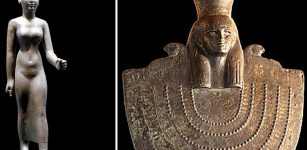Sōhei And Yamabushi: Fearsome Ancient Warrior Monks Of Japan
MessageToEagle.com – In Europe the first known warrior monks were the Knights Templar who were active during the Crusades.
However, warrior monks did not only exist in Europe. In other parts of the world, like Japan for example, there were also religious organizations that trained monks to live an ascetic lifestyle and at the same time engage in violent conflicts by becoming great warriors.
The Sōhei were deeply religious and yet they were regarded as fearsome warriors. The Yamabushi were mysterious mountain-wandering warrior monks searching for spiritual and supernatural powers. They too, could be very violent and dangerous.
Sōhei: Powerful Buddhist Warrior Monks Of Medieval And Feudal Japan
The Sōhei were powerful Buddhist warrior monks of both medieval and feudal Japan. These monk soldiers were easily recognizable because of the white cowls they wore over their heads which were shaved, like all monks. The Sōhei first appeared during the Heian period that lasted from 794 to 1185.
It is the period in Japanese history when Buddhism, Taoism and other Chinese influences were at their height.
The reason why the Sōhei became warriors has to do with power and control. The warrior monks played a vital role when bitter political feuds began between different temples, different subsects of Buddhism, over imperial appointments to the top temple positions.
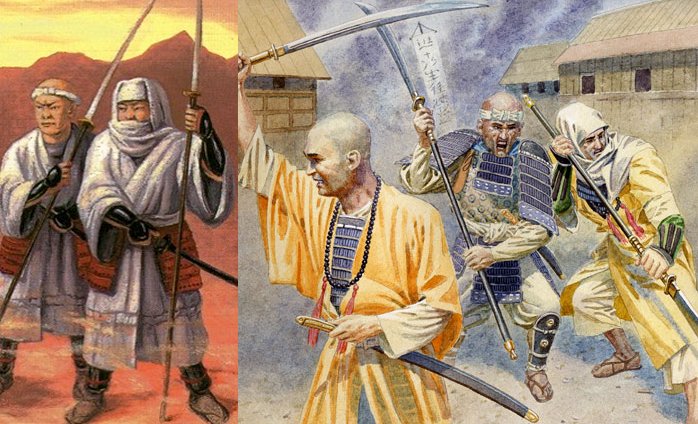
In the 10th century, the Emperor and his government still retained a great deal of power. This power included the authority to appoint which monk would run a particular temple. However, the factional divisions within Buddhist monks and the simple realities of palace politics meant that a member of one faction could be appointed as the head of a temple controlled by a rival faction. A dispute between two shrines led to the establishment of a standing army of monks at the Yasaka Shrine in Kyoto. This led to a warrior monk arms race.
Sometimes the disputes ended and there was peace, but the new conflict arose and the monk went to war again.
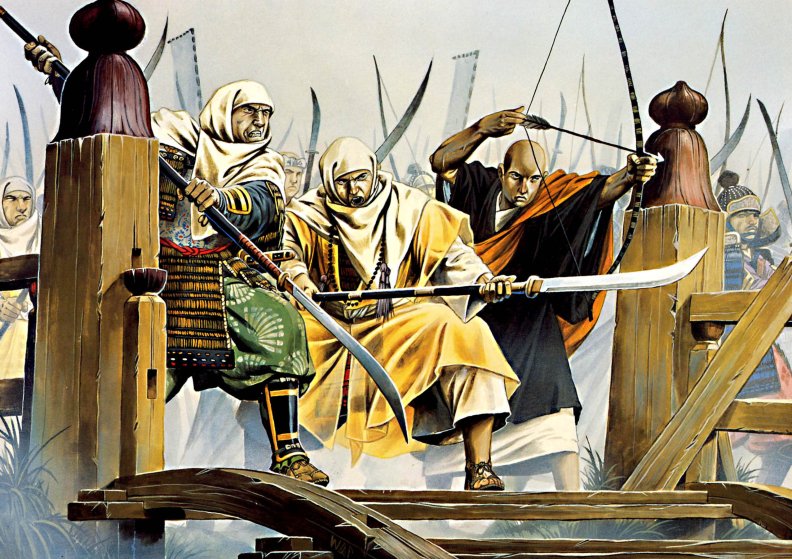
The Sōhei employed a variety of weapons. The most common sword was the tachi, a traditional sword also worn by the Samurai warriors. Blades, daggers, the heavy kanabō, a large club forged of solid iron were also used by the warrior monks.
At some point the Sōhei co-existed with Samurai warriors during the same period.
Yamabushi: Mountain-Wandering Warrior Monks Searching For Spiritual And Supernatural Powers
The mysterious Yamabushi were mountain-wandering warrior monks searching for spiritual and supernatural powers.
Although they kept most to themselves for the most part solitary, they did form loose confederations, and associations with certain temples occasionally. They also participated sometimes in battles and skirmishes alongside Samurai and Sōhei warrior monks.
The Yamabushi emerged in the eighth and ninth century in Japan.
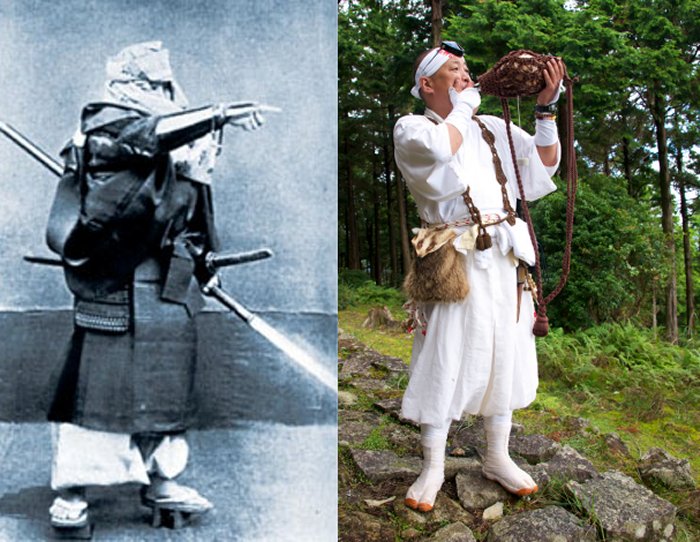
Their beliefs were based on pieces from different religions. The Yamabushi believed that to become spiritually enlightened, one must have a close relationship with nature over a long period of time.
See also:
Fearsome Aztec Eagle Warriors And Jaguar Warriors Of Mesoamerica
Shinobi No Mono: The Shadow Warriors And Hattori ‘The Demon’ Hanzo Of Ancient Japan
Mystery Of The Kusanagi Treasure: The Legendary Sword
Many Samurai Had Swords With Secret Crucifixes And Hidden Christian Symbols To Avoid Persecution
They also believed that communing with nature will give a person supernatural powers. During their long journeys, the Yamabushi often had to defend themselves which is the reason why they were trained in martial arts.
Religion combined with violence stretches far back in our history.
Copyright © MessageToEagle.com All rights reserved. This material may not be published, broadcast, rewritten or redistributed in whole or part without the express written permission of MessageToEagle.com.

